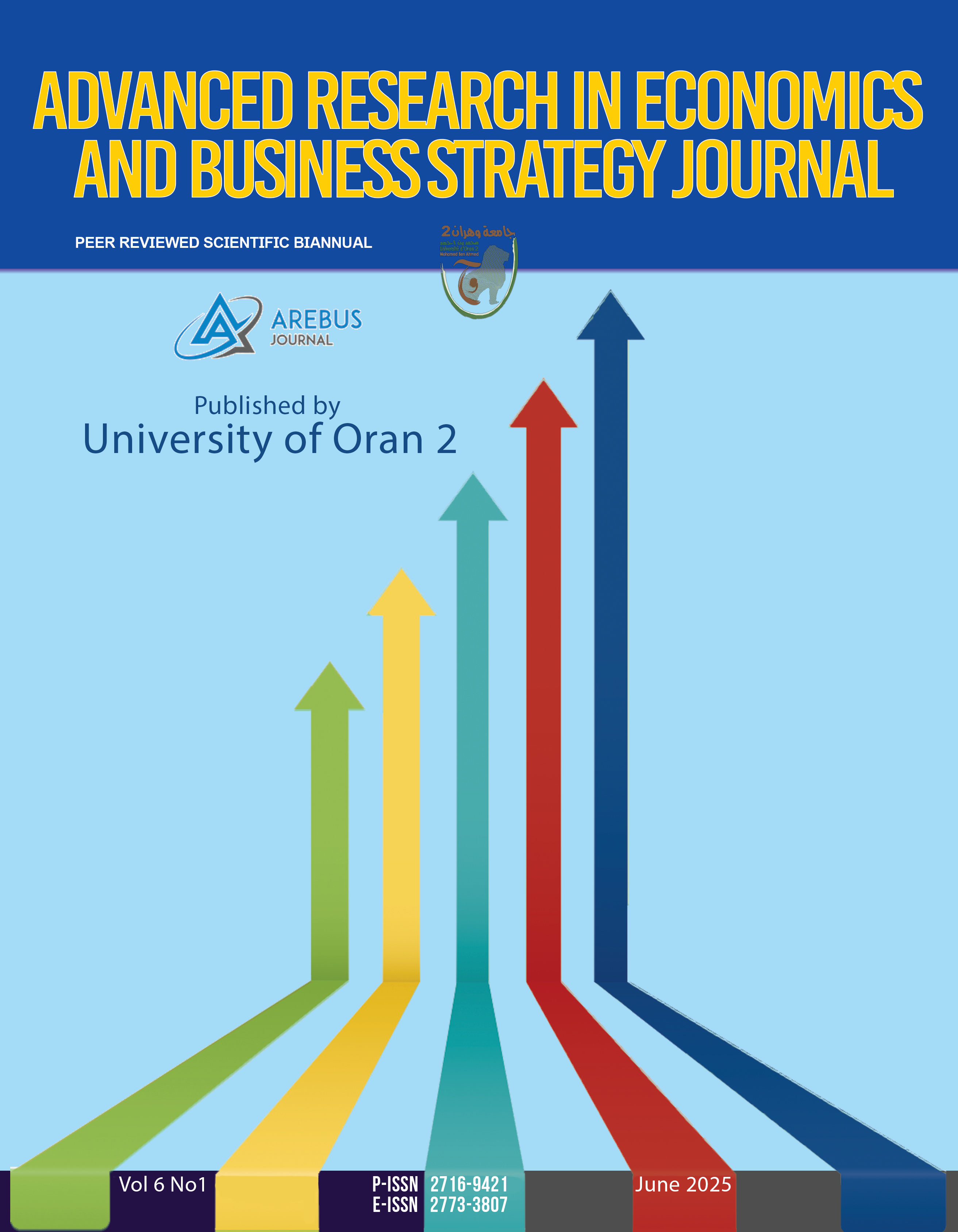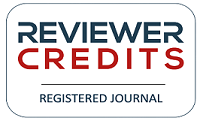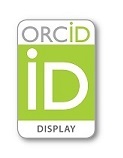Machine Learning and Financial Investment: Game Changers for Circular Business Models – EU Performance Score Analysis
Abstract
The paper explores the methods by which Circular Material Use Rates (CURMs), Financial Investment (FI), and Machine Learning (ML) influence the performance of Circular Business Models (COP) in the EU by examining case studies from three groups: Leaders, Paradoxes, and Laggards. Leaders use machine learning (ML) to mitigate waste; however, they must also develop novel technologies, such as quantum-driven recyclables, to compensate for the declining capacity utilisation rate (CURM), which reappears. GGI and CMUR enhance COP and contribute to sustainability initiatives by encouraging resource optimisation and green practices. At the same time, this group utilises machine learning (ML) as its primary tool to enhance COP due to its willingness to integrate modern technologies quickly. For paradoxes to prevail over structural inefficiencies, FI must be reallocated ahead of digital integrity and AI-enhanced hybridisation. To find ways to modernise infrastructure, laggards rely on EU government green initiatives (GGI) and decentralised models (e.g., solely resource cycles). The research promotes the implementation of adaptive policies, including AI sandboxes, risk transfer funds, and legitimate governance, to ensure that interruptions in technology, financial flexibility, and equitable transition are balanced. These insights enable the EU to establish a model for broad, high-performance circular economies.
Downloads
References
Alhawari, Omar, Usama Awan, M. Khurrum S. Bhutta, and M. Ali Ülkü. (2021). "Insights from Circular Economy Literature: A Review of Extant Definitions and Unravelling Paths to Future Research." Sustainability 13(2): 859. doi:10.3390/su13020859.
Andrade, A. C. C., & Vasquez, M. C. S. (2024). 2024. “The Compatibility Between SDGs and the EU Regulatory Framework of AI.” Journal of Ethics and Legal Technologies, 6(JELT-Volume 6 Issue 1), 11-144.
Arranz, Carlos F A, Caleb Kwong, and Vania Sena. 2023. “The Effect of Consumption and Production Policies on Circular Economy Business Models: A Machine Learning Approach.” Journal of Industrial Ecology 27(4): 1089–1104. doi:10.1111/jiec.13397.
Awan, Usama, Ismail Gölgeci, Dilshod Makhmadshoev, and Nishikant Mishra. (2022). "Industry 4.0 and Circular Economy in an Era of Global Value Chains: What Have We Learned and What Is Still to Be Explored?" Journal of Cleaner Production 371. doi:10.1016/j.jclepro.2022.133621.
Blackburn, Outi, Paavo Ritala, and Joona Keränen. 2023. “Digital Platforms for the Circular Economy: Exploring Meta-Organizational Orchestration Mechanisms.” Organization & Environment 36(2): 253–81. doi:10.1177/10860266221130717.
Centobelli, Piera et al. 2020. “Designing Business Models in Circular Economy: A Systematic Literature Review and Research Agenda.” Business Strategy and the Environment 29(4): 1734–49. doi:10.1002/bse.2466.
EEA. 2024. Europe’s Circular Economy in Facts and Figures.
Ferasso, M., Beliaeva, T., Kraus, S., Clauss, T., Ribeiro-Soriano, D., 2020. 2020. “Circular Economy Business Models: The State of Research and Avenues Ahead.” Business Strategy and the Environment, pp. 1–19. https://doi.org/10.1002/bse.2554.
Ferasso, Marcos et al. (2020). "Circular Economy Business Models: The State of Research and Avenues Ahead." Business Strategy and the Environment 29(8): 3006–24. doi:10.1002/bse.2554.
Försterling, Gabi, Ronald Orth, and Benjamin Gellert. 2023a. “Transition to a Circular Economy in Europe through New Business Models: Barriers, Drivers, and Policy Making.” Sustainability 15(10): 8212. doi:10.3390/su15108212.
Ghisellini, Patrizia, Catia Cialani, and Sergio Ulgiati. 2016. “A Review on Circular Economy: The Expected Transition to a Balanced Interplay of Environmental and Economic Systems.” Journal of Cleaner Production 114: 11–32. doi:10.1016/j.jclepro.2015.09.007.
Hartley, Kris, Steffen Schülzchen, Conny A. Bakker, and Julian Kirchherr. 2023a. “A Policy Framework for the Circular Economy: Lessons from the EU.” Journal of Cleaner Production 412: 137176. doi:10.1016/j.jclepro.2023.137176.
Hartley, Kris, Steffen Schülzchen, Conny A Bakker, and Julian Kirchherr. 2023b. “A Policy Framework for the Circular Economy: Lessons from the EU.” Journal of Cleaner Production 412: 137176. doi:10.1016/j.jclepro.2023.137176.
Kanzari, Amal, Josefine Rasmussen, Henrik Nehler, and Fredrik Ingelsson. 2022. “How Financial Performance Is Addressed in Light of the Transition to Circular Business Models - A Systematic Literature Review.” Journal of Cleaner Production 376: 134134. doi:10.1016/j.jclepro.2022.134134.
Knäble, David, Esther de Quevedo Puente, Clara Pérez-Cornejo, and Thomas Baumgärtler. 2022. “The Impact of the Circular Economy on Sustainable Development: A European Panel Data Approach.” Sustainable Production and Consumption 34: 233–43. doi:10.1016/j.spc.2022.09.016.
Man, G. M., Zamfir, D., Diaconescu, D., Radu, A.-V., Aldea, F., & Ionescu, G. (2025). 2025. “The Role of Digital Technologies and Intellectual Property Management in Driving Sustainable Innovation.” Sustainability, 17(7), 3135. https://doi.org/10.3390/su17073135.
Mulhall, Douglas et al. 2022. "The Product Circularity Data Sheet—A Standardised Digital Fingerprint for Circular Economy Data about Products." Energies 15(9): 3397. doi:10.3390/en15093397.
OECD (2019). 2019. OECD (2019), Business Models for the Circular Economy: Opportunities and Challenges for Policy, OECD Publishing, Paris, Https://Doi.Org/10.1787/G2g9dd62-En.
Plan, C. E. A. (2020). 2020. “For a Cleaner and More Competitive Europe.” European Commission (EC): Brussels, Belgium, 28.
Popović, Andrija, Andreja Todorović, and Ana Milijić. 2025. “Artificial Intelligence Adoption and Its Influence on Circular Material Use: An EU Cross-Country Analysis.” Economics of Sustainable Development 9(1): 1–28. doi:10.5937/ESD2501001P.
Ranta, Valtteri, Leena Aarikka-Stenroos, and Juha-Matti Väisänen. 2021. “Digital Technologies Catalyzing Business Model Innovation for Circular Economy—Multiple Case Study.” Resources, Conservation and Recycling 164: 105155. doi:10.1016/j.resconrec.2020.105155.
Rosa, Paolo, Claudio Sassanelli, and Sergio Terzi. 2019. “Towards Circular Business Models: A Systematic Literature Review on Classification Frameworks and Archetypes.” Journal of Cleaner Production 236: 117696. doi:10.1016/j.jclepro.2019.117696.
Rutqvist, David, Denis Kleyko, and Fredrik Blomstedt. 2020. “An Automated Machine Learning Approach for Smart Waste Management Systems.” IEEE Transactions on Industrial Informatics 16(1): 384–92. doi:10.1109/TII.2019.2915572.
Shinde, A. A. (2021). 2021. “Green Bonds an Investment Tool for Resilient Future: Helping to Achieve Circular Economy Business Models (Master’s Thesis, University of Waterloo).” University of Waterloo.
Sjödin, David, Vinit Parida, and Marko Kohtamäki. 2023a. “Artificial Intelligence Enabling Circular Business Model Innovation in Digital Servitization: Conceptualizing Dynamic Capabilities, AI Capacities, Business Models and Effects.” Technological Forecasting and Social Change 197: 122903. doi:10.1016/j.techfore.2023.122903.
Tamasiga, Phemelo, Helen Onyeaka, and El houssin Ouassou. 2022. “Unlocking the Green Economy in African Countries: An Integrated Framework of FinTech as an Enabler of the Transition to Sustainability.” Energies 15(22). doi:10.3390/EN15228658.
Vai, F. J. (2024). 2024. “Eco-Innovation at the Firm-Level in Norway: Drivers and Implications.”

This work is licensed under a Creative Commons Attribution 4.0 International License.

















